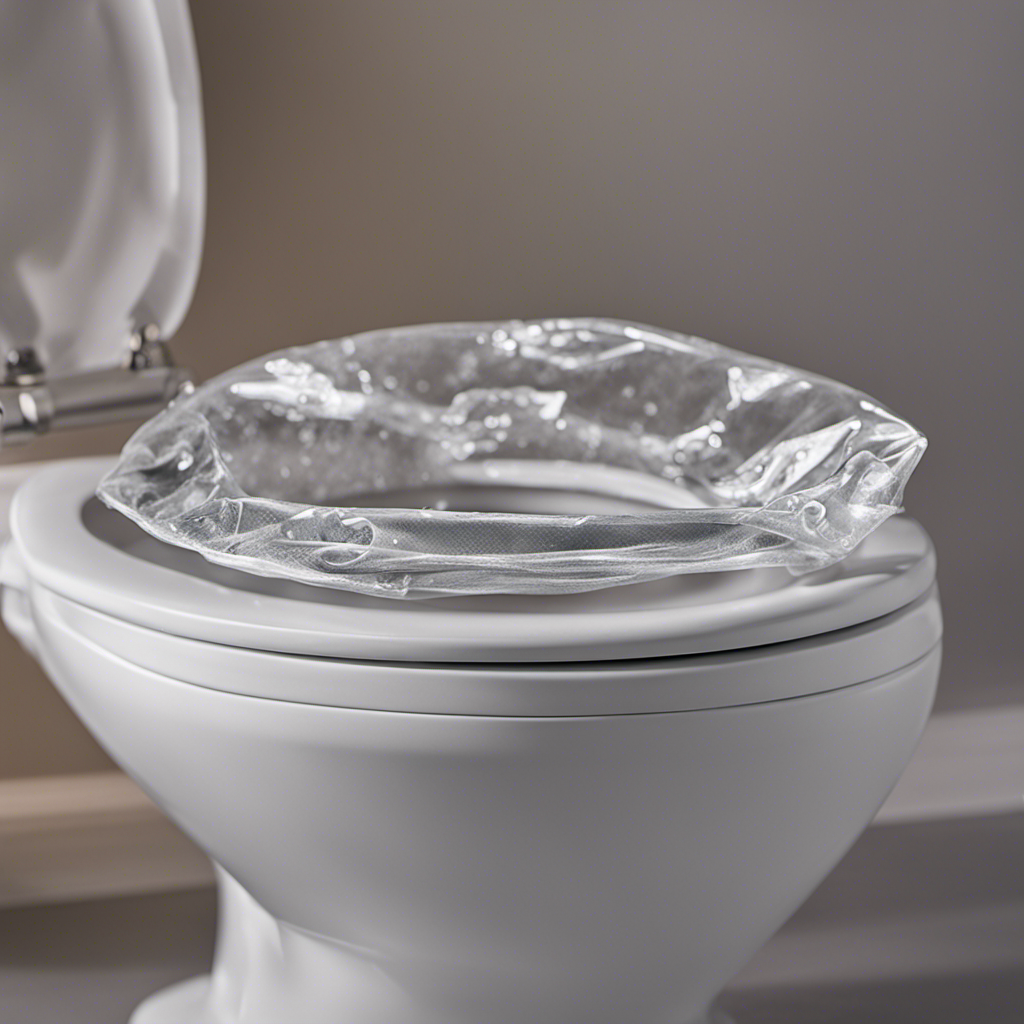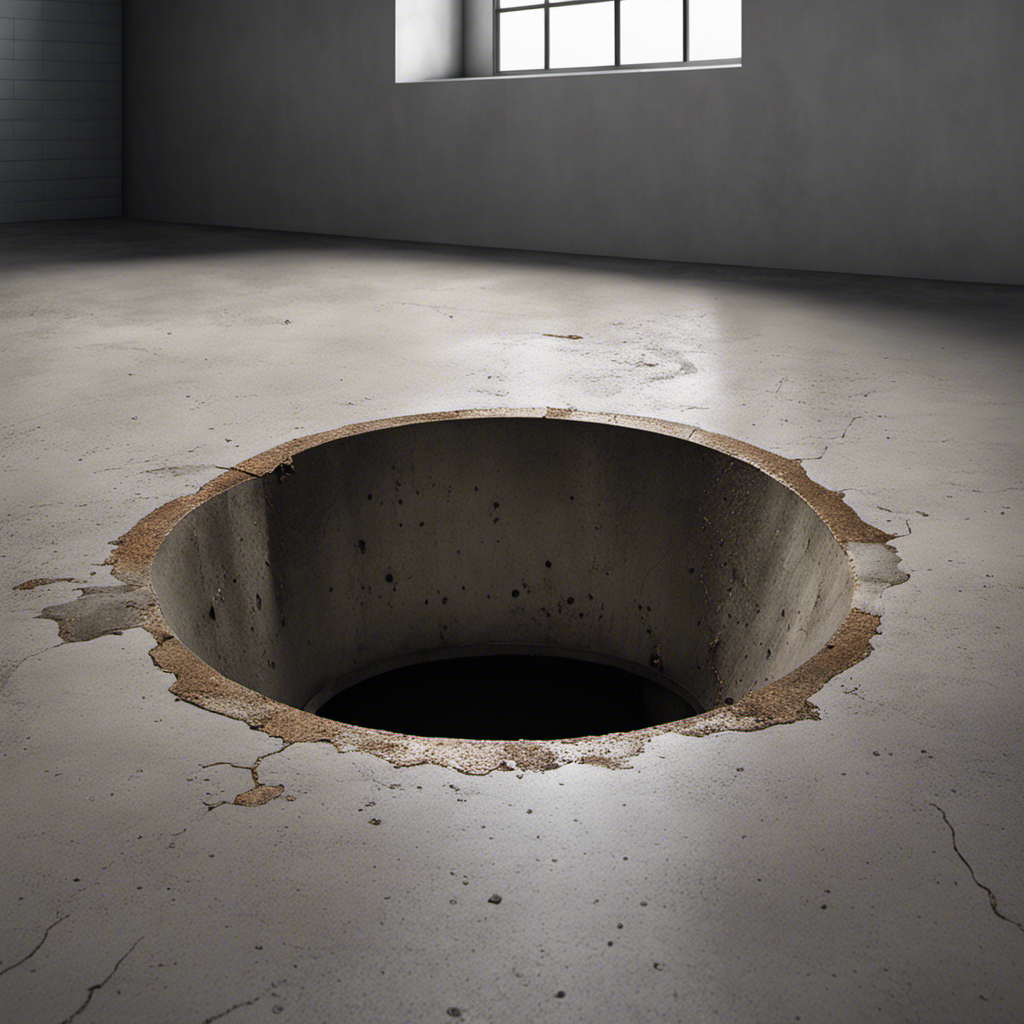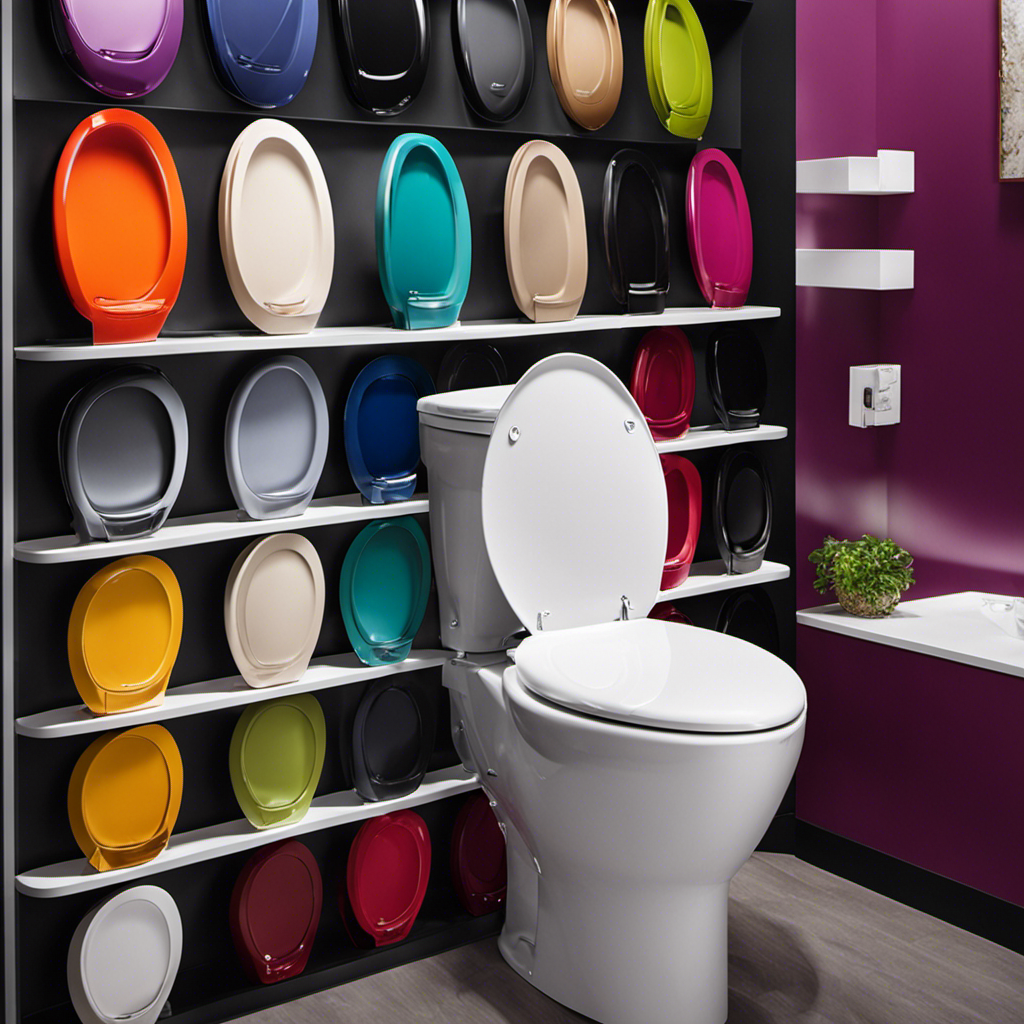Leaky toilets can be a real pain, but fear not! I’m here to help you become a toilet leak detective. In this article, I’ll guide you through the process of checking for and fixing those pesky leaks.
Understanding the common causes, identifying signs, and conducting a leak test will all be covered. We’ll also explore some DIY solutions, but don’t worry, I’ll let you know when it’s time to call in the pros.
Let’s dive in and become leak-busters!
Key Takeaways
- Regular inspection and maintenance of toilets is important for preventing leaks.
- Toilet leaks can occur in both old and new toilets, so age is not a determining factor.
- Small leaks should not be ignored, as they can lead to wasted water and increased expenses.
- DIY solutions, such as replacing the flapper or adjusting the fill valve, can be cost-effective and eco-friendly ways to fix toilet leaks.
Understanding Common Toilet Leak Causes
There’s a few common causes for toilet leaks that you should be aware of. Effective toilet leak prevention is crucial to save water and reduce unnecessary expenses.
One of the main causes of toilet leaks is a faulty flapper valve. This valve is responsible for sealing the water inside the tank, preventing it from constantly running. Over time, the flapper valve can become worn or misaligned, causing water to leak into the bowl.
Another common cause is a defective fill valve. This valve controls the water level in the tank and can malfunction, leading to continuous water flow.
Ignoring these leaks can have a significant impact on water bills, as they waste gallons of water every day.
Now that we understand the common causes of toilet leaks, let’s move on to identifying signs of a toilet leak.
Identifying Signs of a Toilet Leak
To identify signs of a leak, you might notice water pooling around the base of the toilet or a continuously running toilet. These are common indicators that something is amiss with your toilet’s plumbing.
However, there are some misconceptions about toilet leaks that need to be cleared up. One common misconception is that a small leak is not a big deal. In reality, even a small leak can waste a significant amount of water and result in higher water bills. Another misconception is that leaks only occur in older toilets. The truth is that leaks can happen in toilets of any age.
To prevent toilet leaks in the future, there are a few tips you can follow. First, regularly inspect your toilet for any signs of leaks, such as water stains or mold. Additionally, avoid using chemical drain cleaners as they can damage the toilet’s internal components. Instead, opt for natural and environmentally-friendly alternatives.
Lastly, be mindful of what you flush down the toilet. Avoid flushing items like paper towels, sanitary products, or excessive amounts of toilet paper, as they can cause clogs and put strain on the toilet’s plumbing system.
Step-by-Step Guide to Conducting a Toilet Leak Test
Start by turning off the water supply to your toilet and then flush to empty the tank. This step is crucial in conducting a thorough toilet leak test.
Toilet leak prevention is essential to not only conserve water but also to avoid potential damage to your home. Regular toilet maintenance plays a vital role in ensuring that your toilet is functioning properly and preventing leaks.
By conducting regular leak tests, you can identify any potential issues early on and take proactive measures to fix them. It is important to regularly check for leaks in the toilet tank, supply line, and the base of the toilet.
Exploring DIY Solutions for Fixing Toilet Leaks
One way to address toilet leaks is by trying out DIY solutions that can be easily done at home. Not only are these solutions cost-effective, but they also promote toilet leak prevention and are eco-friendly. Here are some DIY solutions to fix toilet leaks:
| Solution | Description |
|---|---|
| Replace the flapper | The flapper is a rubber valve that controls the flow of water from the tank to the bowl. If it is worn or damaged, it can cause leaks. Replace it with a new one. |
| Adjust the fill valve | The fill valve controls the water level in the tank. If it is set too high, it can cause water to overflow into the bowl. Adjust it to the correct height. |
| Check and replace seals | Seals around the tank and bowl can deteriorate over time, causing leaks. Inspect them for any signs of damage and replace if necessary. |
When to Call a Professional Plumber for Toilet Leak Repair
If you’re experiencing persistent issues with your toilet, it might be a good idea to contact a professional plumber for assistance with repairing the leak.
Regular toilet maintenance is crucial to prevent leaks and ensure the proper functioning of your toilet.
While it may be tempting to attempt a DIY toilet leak repair, there are common mistakes that you should avoid.
One common mistake is using the wrong tools or materials, which can further damage the toilet or fail to fix the issue.
Another mistake is not properly identifying the source of the leak, which can lead to ineffective repairs and recurring problems.
Additionally, improper installation of toilet parts or seals can result in leaks.
It’s important to understand that toilet leak repairs require expertise and specialized knowledge, so it’s best to leave it to the professionals to ensure a reliable and long-lasting solution.
Frequently Asked Questions
How Much Does It Typically Cost to Repair a Toilet Leak?
Typically, the cost to repair a toilet leak can range from $75 to $250, depending on the severity of the issue and the required repairs. To prevent toilet leaks, regular maintenance and checking for signs of leaks are essential.
Are There Any Preventive Measures to Avoid Toilet Leaks in the Future?
To prevent toilet leaks, regular maintenance is key. Inspect the toilet tank and bowl for cracks, tighten any loose connections, and replace worn-out parts. Common causes include faulty valves, worn-out seals, and improper installation.
Can a Toilet Leak Cause Damage to the Flooring or Walls?
A toilet leak can cause significant damage to the flooring and walls. It is important to be aware of the signs of toilet leaks, such as water stains, mold growth, and a constantly running toilet.
Is It Possible for a Toilet Leak to Cause an Increase in Water Bills?
Yes, a toilet leak can cause an increase in water bills. It’s important to be aware of common signs and symptoms of a toilet leak, such as a constantly running toilet or water stains around the base.
Are There Any Health Risks Associated With a Toilet Leak?
There can be health effects associated with a toilet leak, such as the growth of mold and mildew. Regular maintenance is important to prevent these issues and ensure a safe and healthy environment.
Conclusion
After going through the process of understanding common toilet leak causes, identifying signs of a toilet leak, and conducting a toilet leak test, I have come to the conclusion that fixing a toilet leak is no small task. It requires patience, expertise, and attention to detail.
However, once you successfully repair that leak, the feeling of accomplishment will wash over you like a refreshing wave, leaving you with a sense of pride and satisfaction.
Remember, if the leak persists or becomes overwhelming, don’t hesitate to call a professional plumber for assistance.










